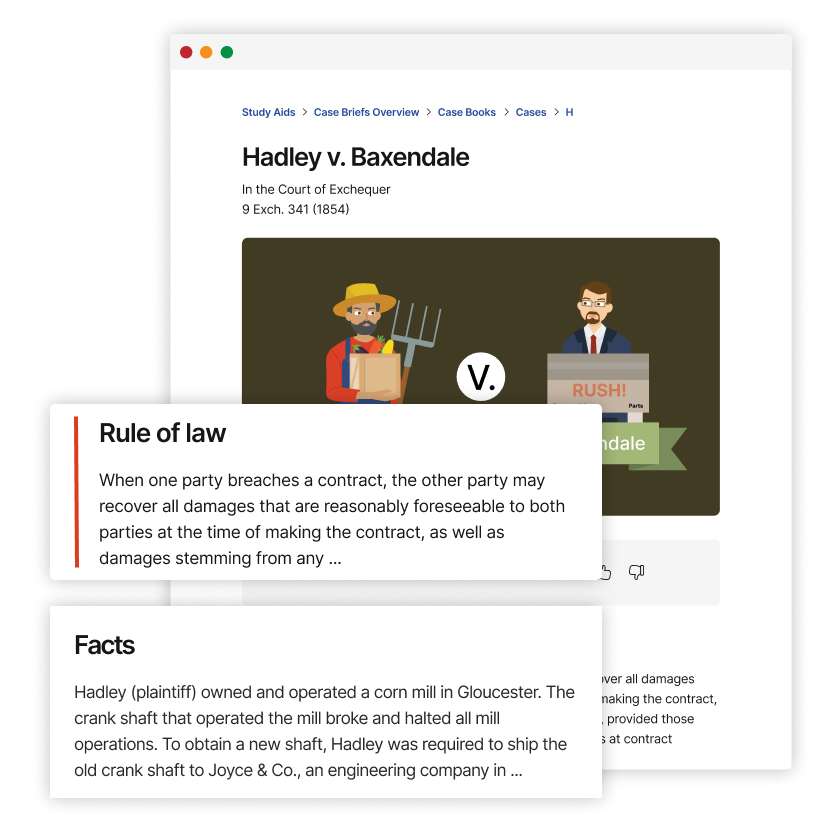Questions of Interpretation and Application of the 1971 Montreal Convention arising from the Aerial Incident at Lockerbie (Libyan Arab Jamahiriya v. United States of America)
International Court of Justice
1992 I.C.J. 114 (1992)
- Written by Haley Gintis, JD
Facts
In 1988, 259 individuals were killed due to the bombing of Pan Am Flight 103. The suspected bombers were two Libyan nationals who had returned to Libya following the bombing. The United States (defendant) requested that the Libyan Arab Jamahiriya (Libya) (plaintiff) extradite the bombers to the United States for a trial. Libya refused. In response, the United Nations Security Council ordered that Libya cooperate with foreign nations investigating the crime through Resolution 748 (1992) (the resolution). Following the Security Council’s issuance of the resolution, the United States again ordered the extradition. Libya then filed an application in the International Court of Justice (ICJ) against the United States on the ground that the United States’ request was contrary to the 1971 Convention for the Suppression of Unlawful Acts against the Safety of Civil Aviation (the Montreal Convention). Under Article 8, paragraph 2 of the Montreal Convention, extradition decisions were governed by the requested state’s extradition laws. Libya’s domestic laws did not require it to extradite Libyan nationals to the United States. Libya requested the ICJ to indicate provisional measures to ensure Libya’s rights guaranteed by the Montreal Convention were preserved, such as suspending the resolution, pursuant to the ICJ’s authority under Article 41 of the Statute of the ICJ (the statute). The United States argued that the Security Council had issued the resolution under Chapter VII of the Charter of the United Nations, which resulted in the resolution having the effect of a binding decision and therefore superseded any rights Libya had under the Montreal Convention. The ICJ considered the case.
Rule of Law
Issue
Holding and Reasoning ()
What to do next…
Here's why 899,000 law students have relied on our case briefs:
- Written by law professors and practitioners, not other law students. 47,000 briefs, keyed to 994 casebooks. Top-notch customer support.
- The right amount of information, includes the facts, issues, rule of law, holding and reasoning, and any concurrences and dissents.
- Access in your classes, works on your mobile and tablet. Massive library of related video lessons and high quality multiple-choice questions.
- Easy to use, uniform format for every case brief. Written in plain English, not in legalese. Our briefs summarize and simplify; they don’t just repeat the court’s language.




